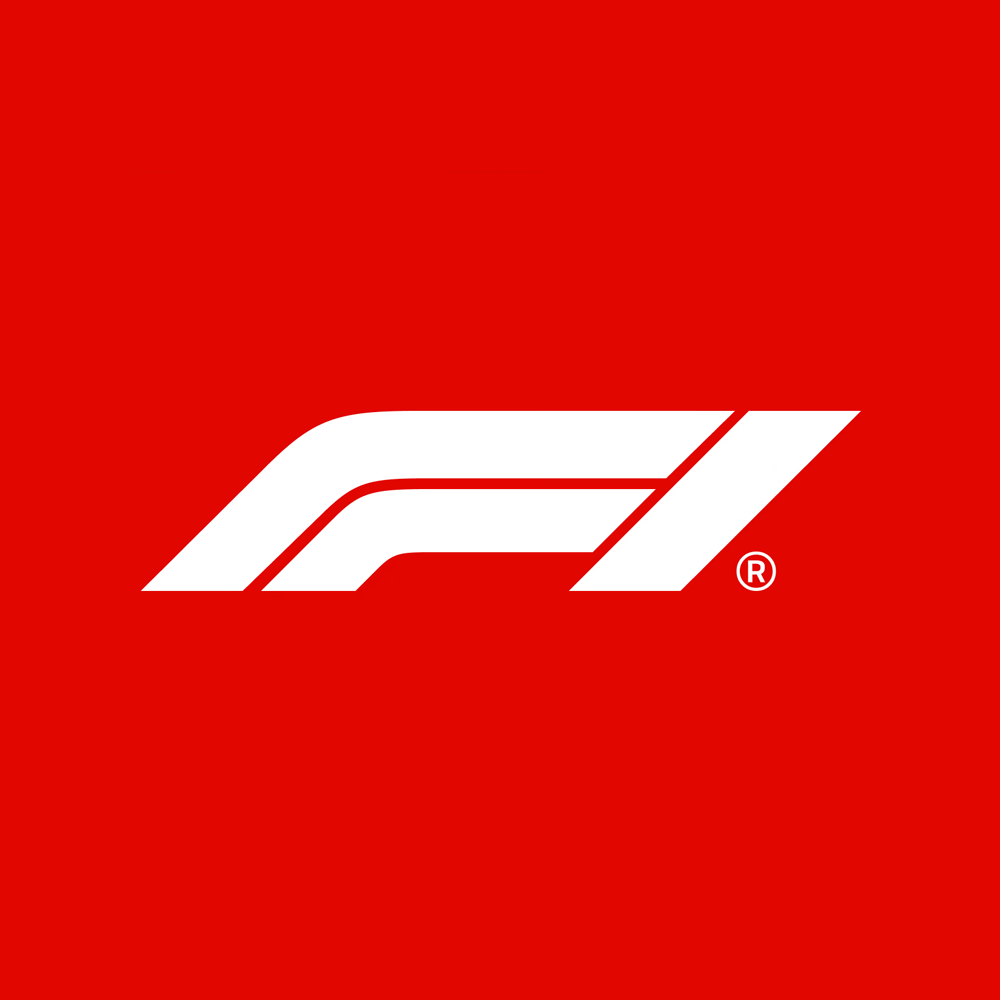We’ve got more info about the developing power struggle and the 4 applicants trying to join the grid.
Article Link: https://www.auto-motor-und-sport.de/formel-1/andretti-f1-einstieg-machtkampf-fia-fom/
Translation:
Formula 1 has become an attractive stage. Anyone who invests half a billion dollars today to enter the premier class is worth 800 million in no time at all. But to do so, he first has to get a ticket into the exclusive circle. The sporting regulations hold seats for twelve teams with 24 cars.
Four teams applied to join in February. After a formal review of the questionnaires, the FIA took a closer look at the four candidates and examined whether they would be technically, personnel-wise and financially capable of handling a Formula One project at all.
Officially, the four applicants have not been named to date. In the paddock, it is rumored that in addition to the two well-known names Andretti Autosport and Hitech Grand Prix, a project called “Lucky Sun” run by a wealthy Hong Kong Chinese and Rodin Motorsport from New Zealand have also submitted their applications. Behind Rodin is Australian billionaire David Dicker, who made his fortune selling computer hardware and software.
Rejection by the teams
The FIA’s review process is due to be completed by the end of July, but word is already leaking out that Andretti and Hitech GP could get the green light. This means the ball is in Formula 1’s court, and Liberty can theoretically raise objections to the applications. Formula 1 headquarters is deliberately keeping a low profile and prefers to let the teams speak for themselves. And with the exception of Alpine, they tend to signal rejection.
Alpine supports the application from new contenders because the French racing team would be the first port of call for engines and a chassis partnership. In fact, all four candidates have already approached Alpine. It is clear to all of them that the only way to enter Formula 1 is with the Haas-Ferrari model. For Alpine, that would be a welcome source of income.
The other teams are also in it for the money, even if they don’t make that clear. The $200 million that every newcomer has to put on the table to compensate the established teams is not enough for the establishment. They estimate the compensation to be closer to $600 million. They’d also like to have a say in the admissions process for new teams. At the moment, they don’t have veto power.
No added value for Formula 1
But both can only be anchored in the next Concorde Agreement from 2026. And that is still in its infancy. The teams formulate their rejection stoically with the argument that any newcomer must increase the added value of the series. But what exactly the added value is, they don’t say.
They would probably accept a car manufacturer like General Motors as an independent team, but even such a heavyweight would be better advised to buy into an existing team rather than start something from scratch.
Ferrari team boss Frédéric Vasseur simply says: “The nationality of the team should not play a role. It can’t be a ticket just because someone comes from the United States. We already have an American team in Haas. The popularity of Formula One is measured more by the nationality of the drivers than the teams anyway.”
Colleague Toto Wolff reminds us that the franchise systems of American sports are a closed circle. Where new clubs are admitted, all shareholders are likely to have a say, including the long-established teams. Under this condition, expansion makes sense because everyone is included.
Meanwhile, the protectionism extends so far that teams cite operational reasons against expanding the field. “Most circuits don’t even have room for 11 garages in the pit lane.” Or, “In qualifying sessions, we trip over ourselves at some tracks because there’s so much traffic on the track. That’s a safety hazard.”
Who’s the boss in the ring?
If the FIA now certifies the F1 suitability of one or two applicants, this could result in a power struggle between the FIA and F1 management. Perhaps the federation even wants this to happen. FIA President Mohammed Bin Sulayem could want to use Andretti as an example to show who is the real boss in the house. He is apparently increasingly bothered by the fact that the public perception is different. For most, Stefano Domenicali is the boss.
Formula 1 is celebrated for sold-out races, full box offices and the boom in the premier class. The FIA takes a beating for incomprehensible regulations, too many penalties and overly long decision-making processes. This apparently fuels the president’s desire to show the flag on an issue where he believes the majority of fans are on his side.
Hitech GP is likely to be jumped over on the federation’s side and shown to be willing to negotiate. Formula 1 is concerned that the old owner Dmitry Mazepin may still be behind the Kazakh backers. If there is even the slightest suspicion that Russian money might be involved, the FIA would also have to pull the plug.
Andretti is a hot potato
Andretti, on the other hand, is a hot potato for Formula 1. Especially since Andretti can also call on General Motors as a partner. Very good reasons will have to be found to reject such an emotionally charged project. It could easily backfire, because Andretti and General Motors are big names in the U.S. and you don’t just throw the door in their face.
It is possible that Michael Andretti’s plan will provide Formula 1 with the necessary arguments. One hears that he wants to base the majority of the team in the U.S. and is reportedly eyeing an entry as early as 2025. The result would be that Andretti, as a new team, would have to build two cars under completely different regulations within two years.
Formula 1 can veto the new teams, but it cannot block them. The final say on licensing rests with the FIA. But even if Andretti gets a license, he still hasn’t won. He would then be allowed to race, but he would not yet be part of the Concorde Agreement and thus not entitled to collect starting and prize money. For that, he needs Liberty’s approval.
Meanwhile, the protectionism extends so far that teams cite operational reasons against expanding the field. “Most circuits don’t even have room for 11 garages in the pit lane.” Or, “In qualifying sessions, we trip over ourselves at some tracks because there’s so much traffic on the track. That’s a safety hazard.”
That is just straight up bullshit.
Yes the cars have become larger, but they briefly managed alright with 26 (or was it 24?) 10-15 years ago. I thought the teams were open about the real reason being the dilution of prize money (which they obviously need to keep running, this isn’t just greed)?
which they obviously need to keep running, this isn’t just greed
I was trying to disagree, and found the convoluted way of prize-money distribution compared to the Team Budgets
While what I’d consider “prize money” (the money you get because your team was good this year) to be pretty irrelevant with ~10% of the Budget of Teams who got it. It’s only paid out to the top 4 teams. Seems to me that especially the top teams have enough sponsor money after the cost cap.
Anyway, with the split being calculated as it is, it probably does matter a lot, especially to the lower teams.deleted by creator
Isn’t that rule still in place?
Yep.
Did it actually end up disqualifying people that often?
Only two times since 2011.
Both HRTs at the 2011 and 2012 Australian GP. All other times the car was allowed to compete.
Yea I thought the grade 1 certification required having 12 pairs of garages since F1 allows for max 12 teams on race day in its book
If teams have trouble tripping over each other in qually, maybe its time to change it
Wow. Seems incredibly convoluted. What does “Formula 1 can veto the new teams, but it cannot block them” mean? This is the first time I’ve heard of the Concorde Agreement, too. Seems wild to me that a new entrant wouldn’t be eligible for prize money unless Liberty says ok. Between the 3 heads of FIA, F1, and Liberty (plus teams trying to throw their weight around), it’s a wonder anything changes.
I may have misunderstood but didn’t the prize money get reworked so instead of most of it going to the teams it now goes to liberty? If that’s correct Liberty can just say the percentages stay the same and the teams get less because its split between more teams.




